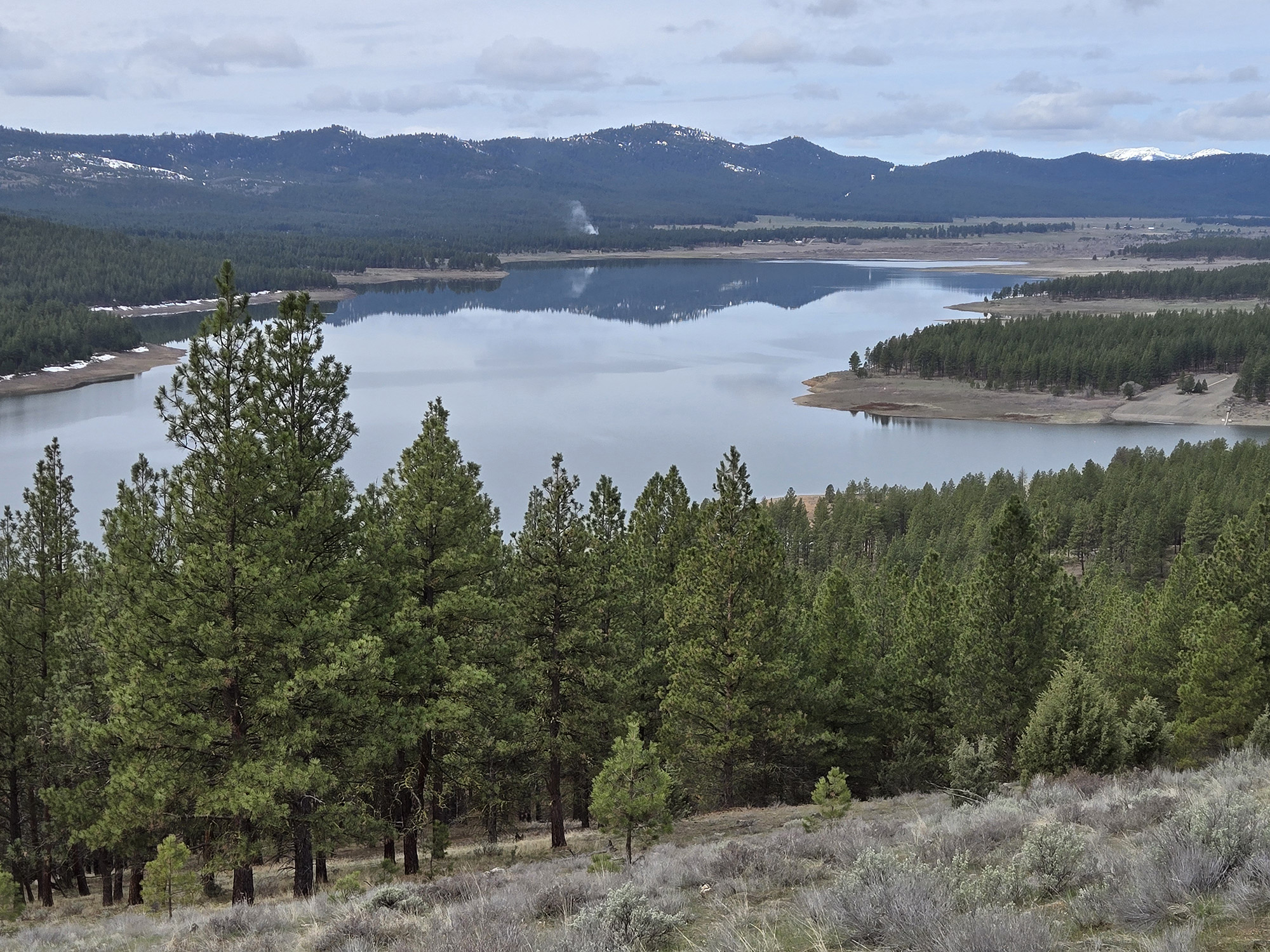Bloomin’ Blues: Sticky currant is lovely, but not tasty
Published 6:00 am Saturday, July 3, 2021

- Barnes
Common name: Sticky currant
Trending
Scientific name: Ribes viscosissimum
Sticky currant gets its common name from the sticky, glutinous, glandular, soft hairs on the stems and both sides of the leaves. A close look reveals tiny drops of the sap on the tips of hairs. This currant forms a hardy, woody bush about 3-6 feet high, with no thorns. The leaves are palmately veined, about 1-4 inches wide, with three or five rounded lobes, each lobe doubly lobed. The veins beneath are quite prominent.
The flowers are white or cream, borne 4-17 in racemes. Each flower has five spreading, greenish, greenish-yellow to yellowish or pinkish sepals. There are five erect, oval, whitish petals about a quarter of an inch long. The fruit is a dark blue-black berry, which is smooth to finely hairy, smells bad and tastes too bad to eat.
Trending
This shrub is mainly found in wet or damp woods, stream banks, slopes and canyon bottoms, from higher to low elevations.
After checking several references, only one reference listed one report of any use for this currant, listing it as being an “article of diet.” Based on other descriptions of the plant, that report seems questionable. Unlike this currant, most of the many Ribes species in North America have an impressive list of uses.









